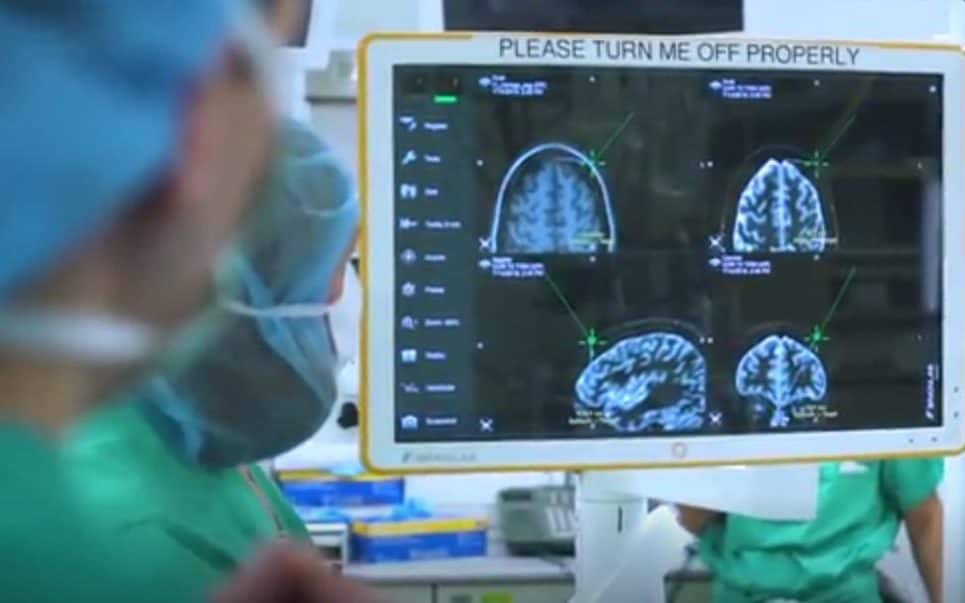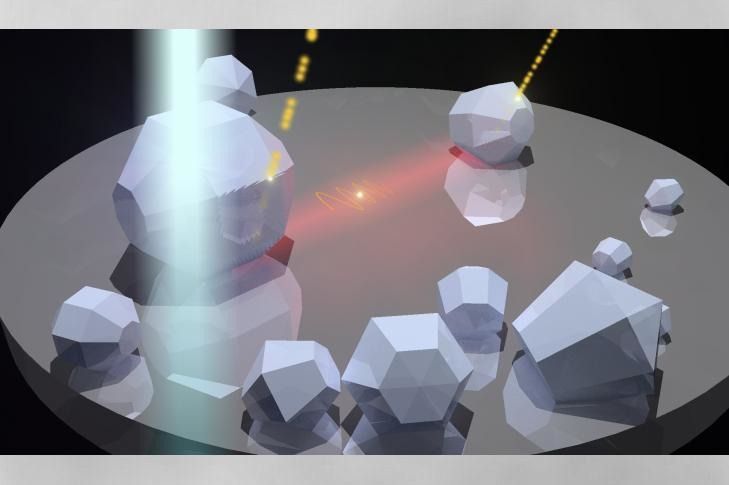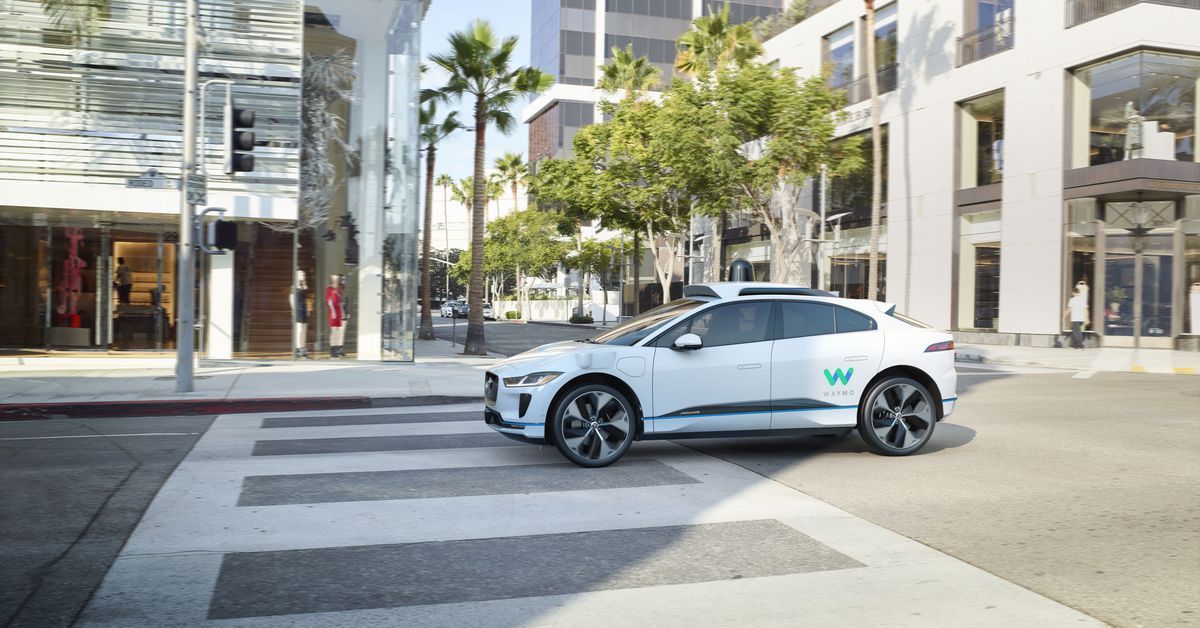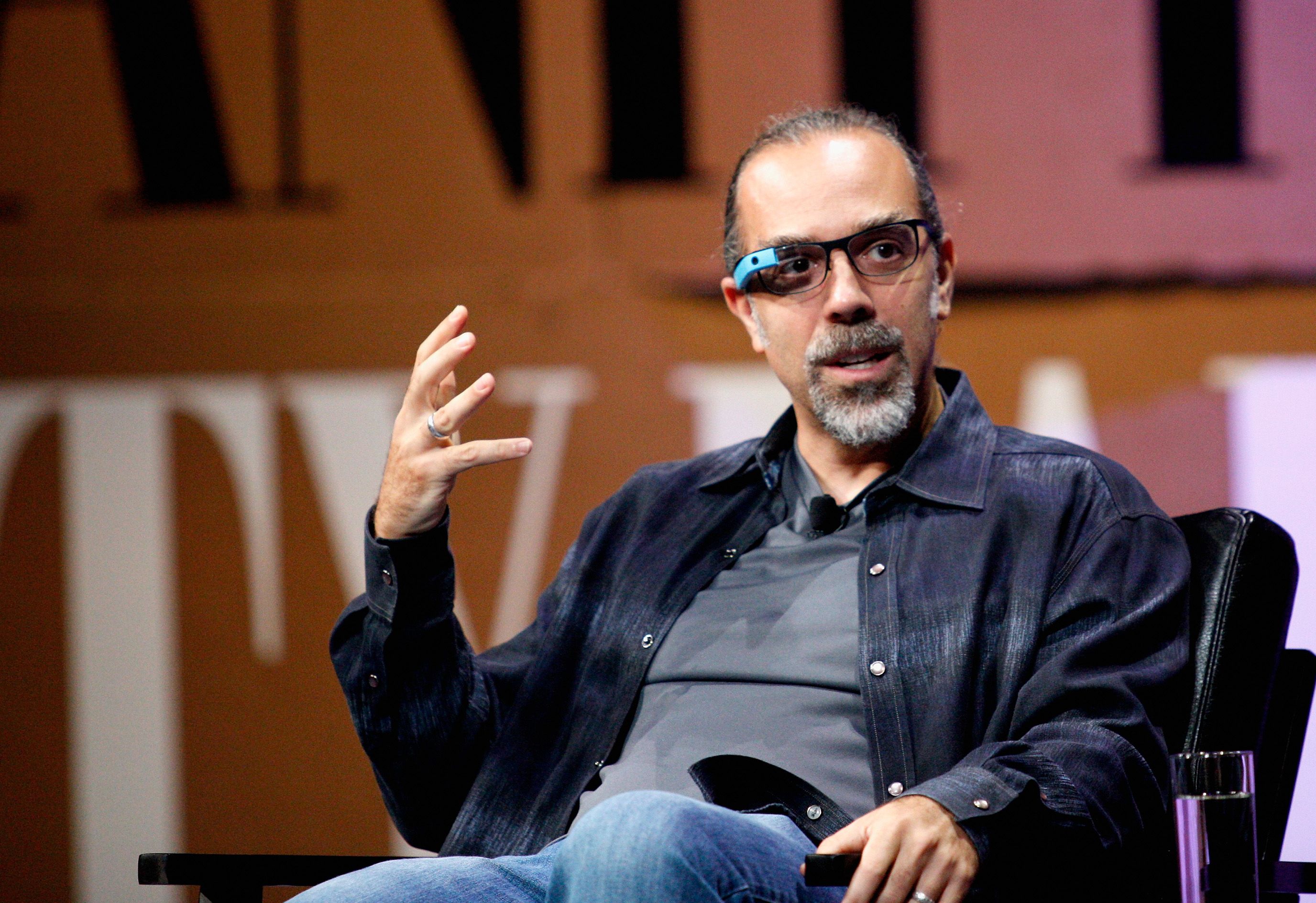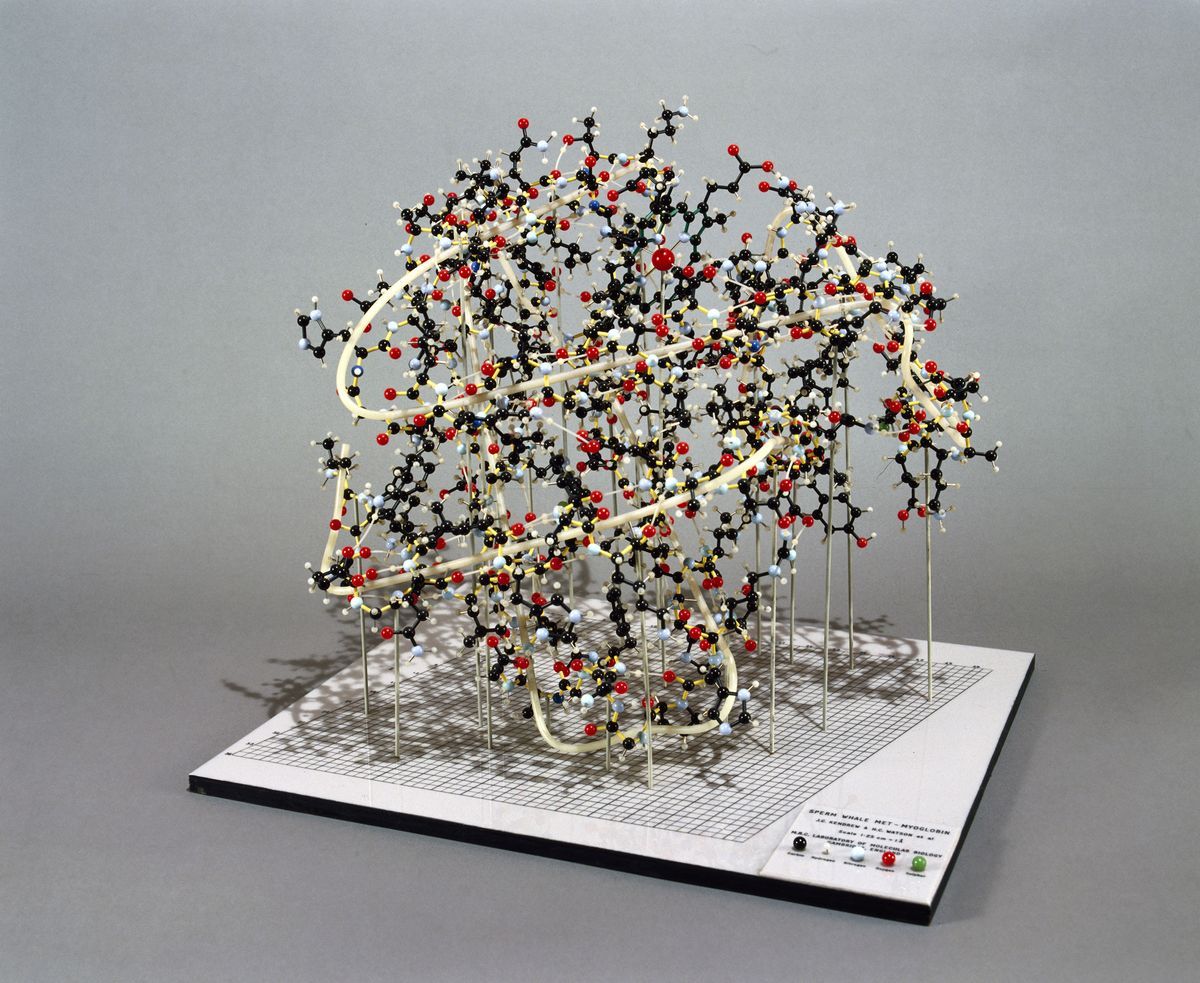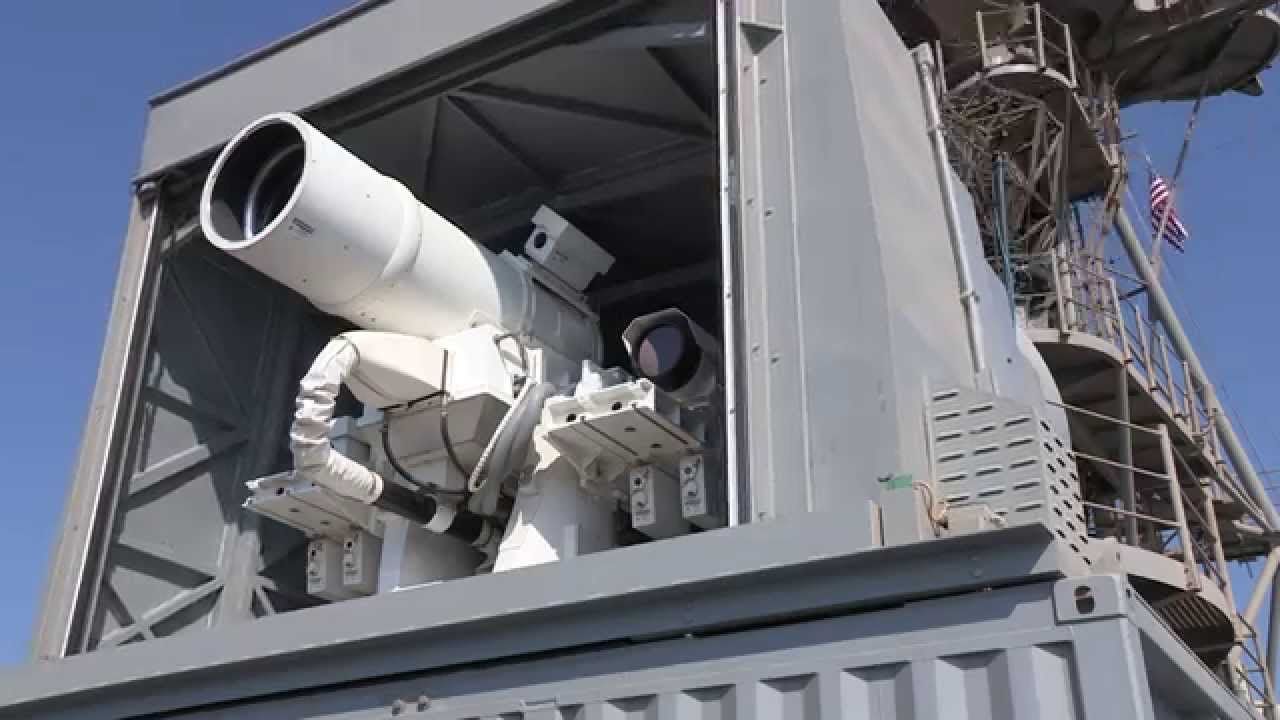China’s Tiangong-1 space station is set to make an uncontrolled reentry into the Earth’s atmosphere on or around April 1. The update from the Aerospace Corporation, which is tracking the abandoned orbital laboratory, predicts that it will make its final plunge at 00:00 GMT on April 1 with a margin of error of ±36 hours, when it will burn up somewhere between 43° North and 43° South latitudes.
Launched on September 30, 2011 from the Jiuquan Satellite Launch Center, China, atop a Long March 2F/G rocket, the Tiangong-1 was China’s first space station and was designed to accommodate two astronauts. In 2012, it was visited by the three-astronaut Shenzhou 9 mission that included China’s first female astronaut, and in 2013 by Shenzhou 10.
Unfortunately, there was some undisclosed malfunction aboard the spacecraft after the last visit and two years ago the Chinese National Space Administration said that it had lost telemetry contact with the 8,500-kg (18,740-lb) Tiangong-1. The agency is notoriously secretive, but it is highly probable that the spacecraft is inactive and amateur astronomers claim that it has definitely been dormant since June 2016.

